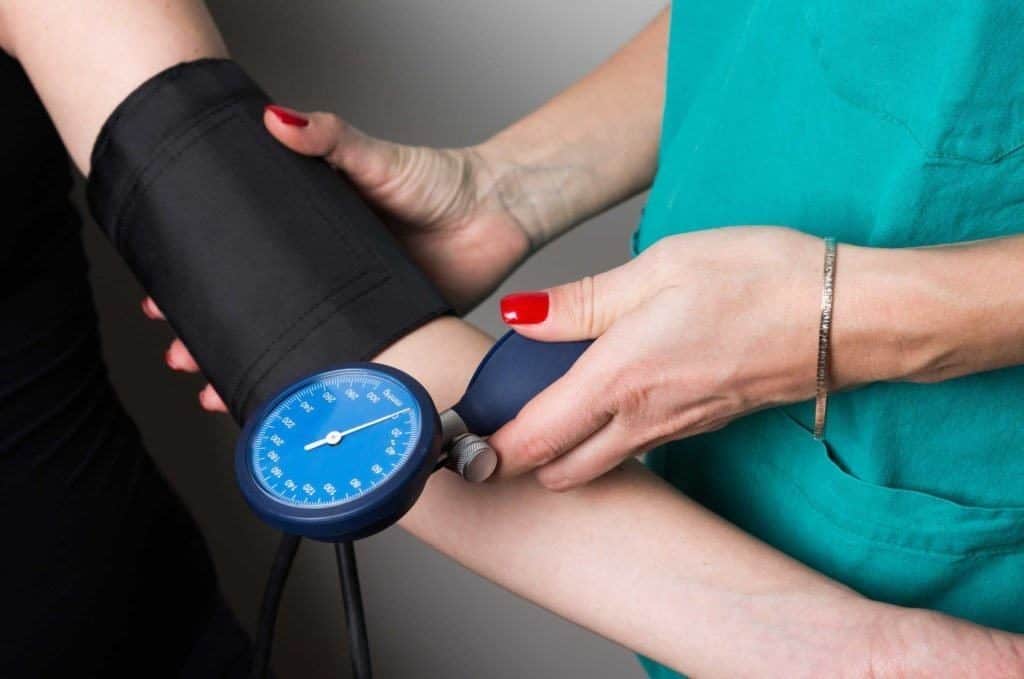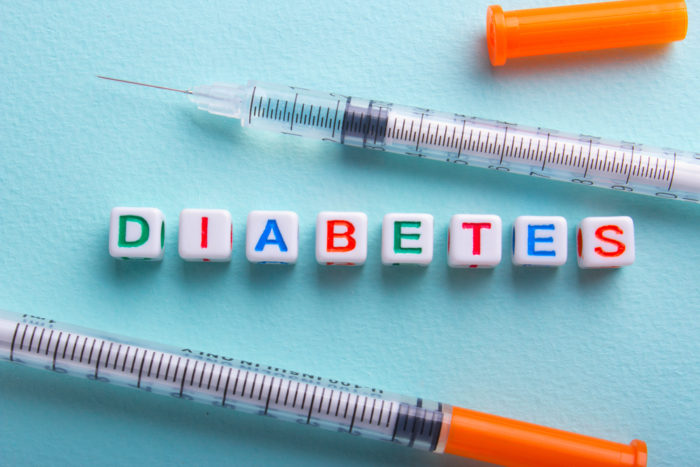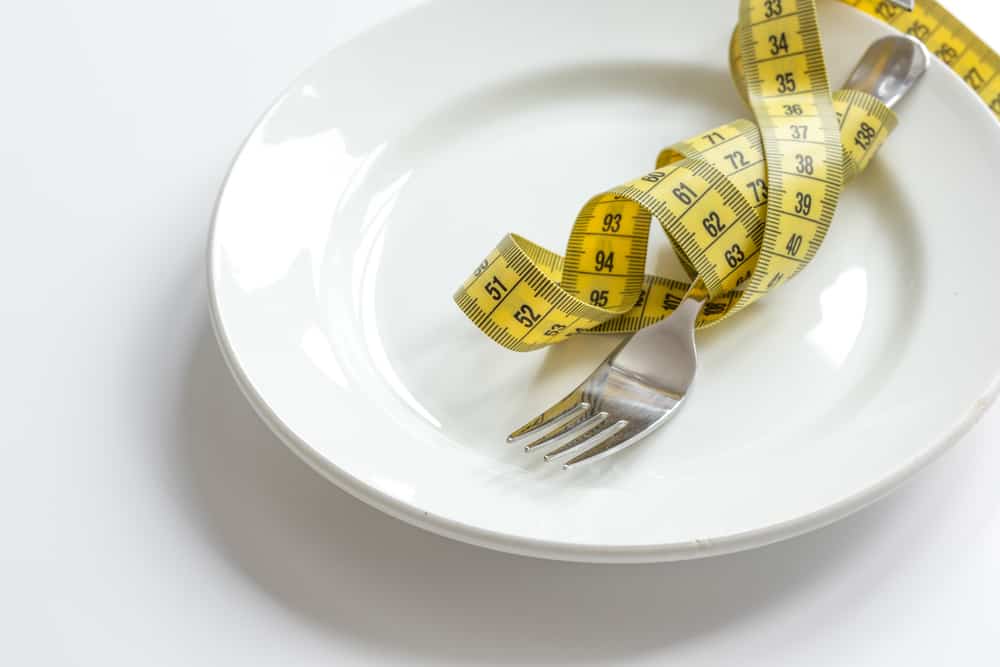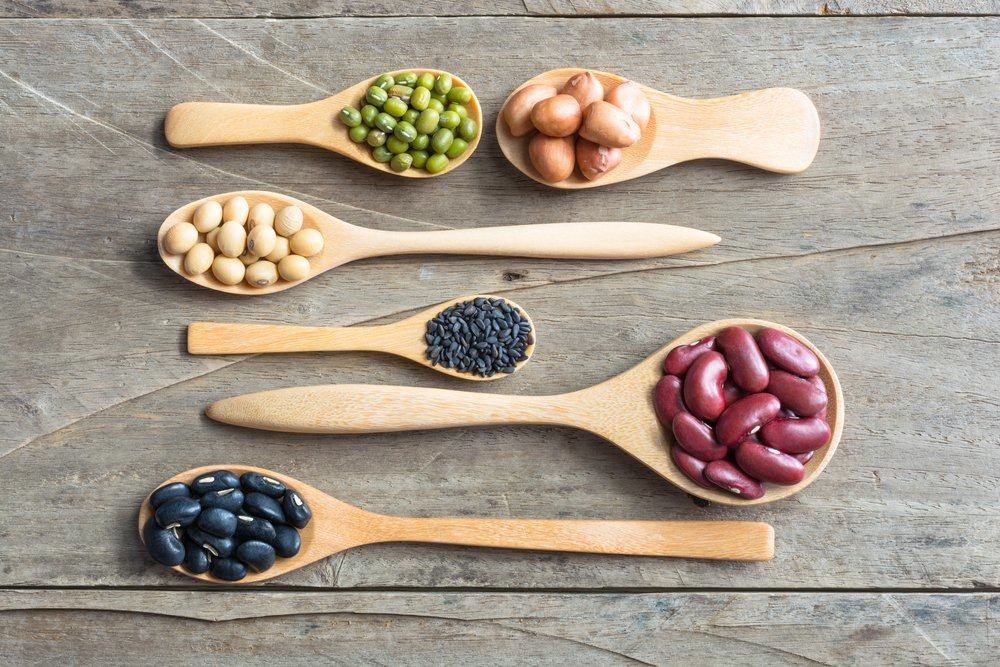Contents:
- Medical Video: Type 1 vs. Type 2 Diabetes
- Get to know type 1 diabetes and type 2 diabetes
- A common difference between type 1 and type 2 diabetes
- How can type 1 diabetes appear?
- How can type 2 diabetes appear?
- Type 2 diabetes and insulin injection
Medical Video: Type 1 vs. Type 2 Diabetes
There are several types of diabetes, type 1 diabetes and type 2 diabetes. Although both types of diabetes both have symptoms of blood sugar levels that are higher than normal, but the causes of each of these conditions are different.
Get to know type 1 diabetes and type 2 diabetes
It's not easy to tell which people suffer from type 1 diabetes and which suffer from type 2. For example, there is a general opinion that someone with type 2 diabetes is usually overweight and does not need insulin injections. While type 1 diabetics will be underweight and must continue to undergo treatment with insulin injections.
But this perception is not always true. Please note, that around 20% sufferers type 2 diabetes have a healthy weight when diagnosed, and many of them are dependent on additional insulin.
Something similar happened with sufferers type 1 diabetesin some cases they are also overweight. Because both types of diabetes can be varied and not predictable, it is often difficult to know which type of diabetes a person has.
The public should not assume that someone who is overweight with high sugar levels has type 2 diabetes, because the cause of their condition may be caused by type 1.
In some cases, when in doubt about the type of diabetes you have, it's a good idea to test and consult a doctor to find out what type of diabetes you are suffering from. In this way they can recommend the right treatment for your diabetes.
A common difference between type 1 and type 2 diabetes
Although there is a lot of uncertainty that is often associated with a diagnosis of diabetes, there are some common features of each type of diabetes that can be your reference in distinguishing diabetes.Please note that this difference is based on generalization. For example, the perception of type 1 diabetes is not always true because many cases of type 1 diabetes begin to be diagnosed after adulthood.
The following table can be seen as a general guide between type 1 and type 2 diabetes.
| Differences in Type 1 and 2 Diabetes | |
| Type 1 diabetes | Type 2 diabetes |
| Often diagnosed in childhood | Usually diagnosed at more than 30 years of age |
| Not related to excess weight | Often associated with excess weight |
| Often associated with higher than normal ketone levels when diagnosed | Often associated with high blood pressure or cholesterol at diagnosis |
| Treatment with insulin injection or insulin pump | Initially it can be treated without medication or with tablets |
| Cannot be controlled without insulin | Sometimes it may be treated only with diabetes medication |
How can type 1 diabetes appear?
Type 1 diabetes is an autoimmune disease, which means the results of the body's immune system mistakenly attack body parts. In the case of type 1 diabetes, the immune system mistakenly targets the production of insulin in beta cells in the pancreas.
No one knows why this happened, or how to stop it. The immune system of a person with type 1 diabetes continues to attack beta cells until the pancreas is unable to produce insulin.
Someone with type 1 diabetes needs to inject themselves with insulin to compensate for the death of beta cells. Everyone with type 1 diabetes depends on insulin.
How can type 2 diabetes appear?
Unlike type 2 diabetes, the autoimmune system in type 2 diabetics does not attack beta cells. Type 2 diabetes is characterized by a loss of the body's ability to respond to insulin. This is known as insulin resistance.
The body replaces the ineffectiveness of insulin by producing more, but it cannot always produce enough. Over time, tension in beta cells by the level of insulin production can destroy them, reducing insulin production.
Type 2 diabetes and insulin injection
Someone with type 2 diabetes may need an insulin injection, usually for one or two main reasons:
- Low sensitivity to insulin: the more weight we have, the less our sensitivity to insulin. Not sensitive to insulin means that insulin does not reduce blood glucose levels as much as they should. A person with low insulin sensitivity often requires insulin injection to avoid hyperglycemia.
- Beta cell failure: if you have insulin resistance, you need to better maintain blood glucose levels to be balanced. The more insulin production means the more work for the pancreas. Over time, beta cells can burn by constant tension, and stop producing insulin simultaneously. You can get the same situation as someone who has type 1 diabetes, where the body cannot produce the amount of insulin you need to control blood sugar levels. Insulin injection is needed in this situation.













